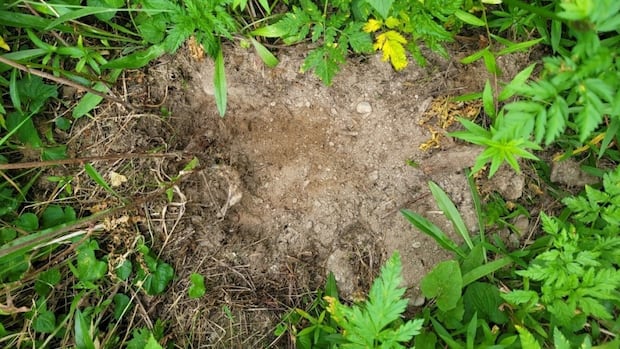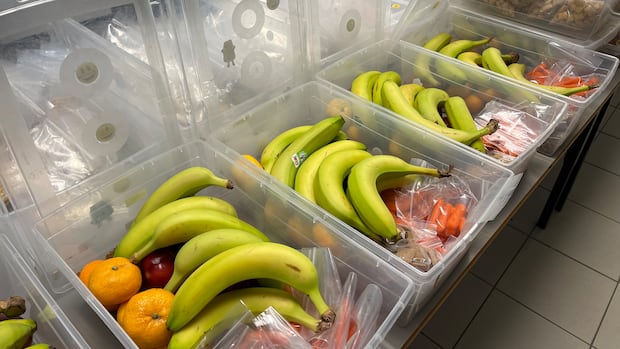The Ktunaxa Nation in B.C.’s Interior is asking the public to refrain from picking a traditional plant in its territory following damage to medicine patches and unauthorized harvesting.
The five First Nations which make up the Ktunaxa Nation say land guardians have come across people tearing up the ground to harvest the sacred plant without its permission.
The nation’s traditional territory spans approximately 70,000 square kilometres across southeastern British Columbia, including the Kootenay and Columbia Rivers and Arrow Lakes, and into parts of Alberta, Montana, Idaho, and Washington state.
Kathryn Teneese, Ktunaxna Nation Council chair, told CBC’s Radio West that “the plant is used for medicinal purposes as well as cultural purposes.”
“Any kind of resource extraction without our knowledge and our permission is not something that is acceptable,” she said.
Radio WestKtunaxa Nation bans unauthorized harvesting of sacred plant
The Ktunaxa Nation is banning unauthorized harvesting of a sacred plant on their territory for the remainder of 2025, because patches of the plant have been damaged by destructive harvesting. Chair for the Ktunaxa Nation Council, Kathryn Teneese, explains why this is so devastating to her people.
Teneese says that the root plant, called ʔayut, is well known among Indigenous people, and she believes harvesters are coming to Ktunaxa territory because the plant might not be available where they live.
“Perhaps it’s no longer accessible to folks in other areas, and they know it’s here.”
According to botanist Michael Wilson with the Drylands Institute in Arizona, the plant grows in the mountains of western North America.
Sacred medicine
The Ktunaxa Nation says ʔayut is often incorrectly referred to as “bear root,” “bear’s root,” or “osha root.”
The ʔayut plant’s English name is Canby’s lovage, which, according to the government of Montana, was used by Coast Salish Indigenous people to treat sore throats.
In a paper he published, Wilson says the plant has been used medicinally by Indigenous people for centuries.
The roots are used internally in teas for colds, coughs, bronchial pneumonia, flu and other respiratory infections. Externally, the root was used to treat aches and pains, digestive problems, wounds and skin infections.
Sarah Loretta Schuster, who is Anishinaabe, says that “for a lot of Indigenous people, medicine isn’t necessarily a pill or medicine that you would see at a hospital or a medical clinic.”
Schuster has an Indigenous medicine garden in her Ontario backyard, whose harvest she says she freely gives away, so urban Indigenous people have access to it.
Giving away traditional medicine, instead of selling it, is common Indigenous protocol across Canada, but the Ktunaxa say the plant is being illegally harvested on its territory for commercial purposes.

Teneese says the ʔayut plant has always been part of the Ktunaxa Nation and that the plant should not be commercialized for profit.
In a statement, the Ktunaxa Nation says that businesses are selling the plant online, extracting it from the nation by the trailer load, which goes against cultural protocols.
“Out of respect for the ʔayut, and in alignment with our responsibilities as Ktunaxa people, the Ktunaxa Nation opposes and does not consent to any further harvesting of ʔayut in 2025.”
The statement says that harvesting in 2026 may be considered on a case-by-case basis, “as long as those seeking access obtain written permission of the Ktunaxa Nation Council well in advance.”
In an email to CBC News, the B.C. Ministry of Forests says it is aware of the issue and has met with the council to discuss its concerns.
“Currently, there is no provincial legislation regulating the harvesting of non-timbered forest products, and therefore, nothing to enforce,” it said.







